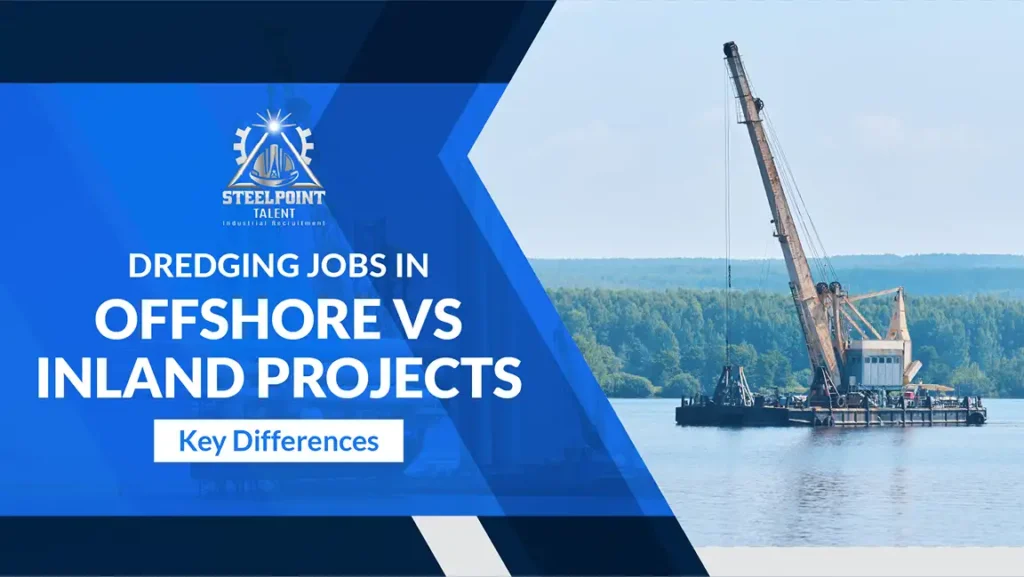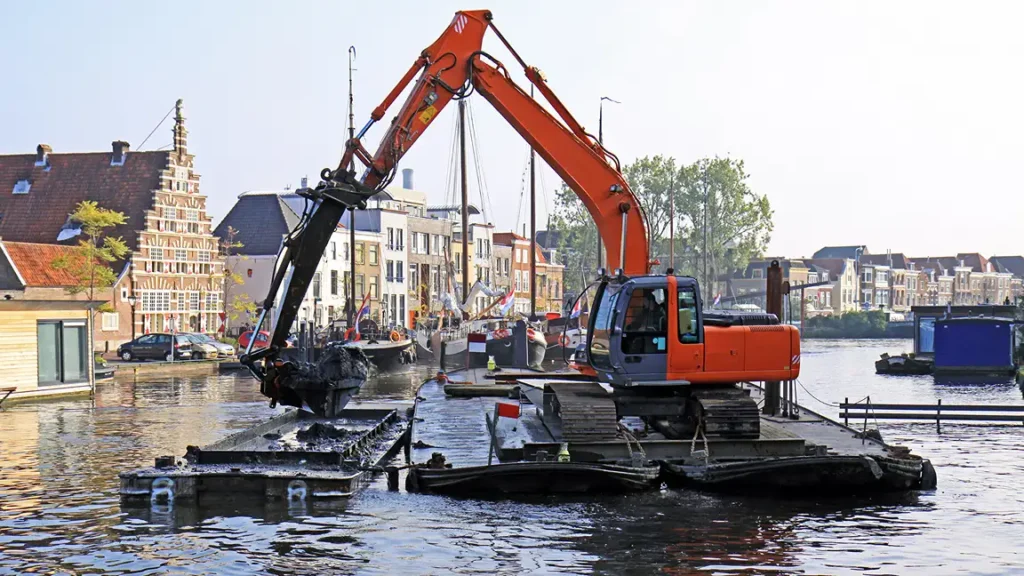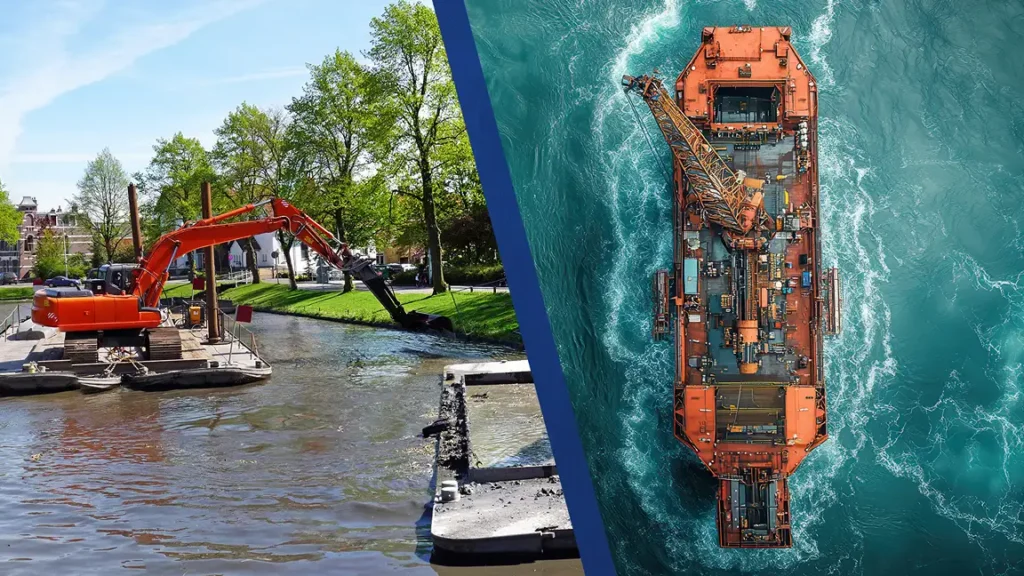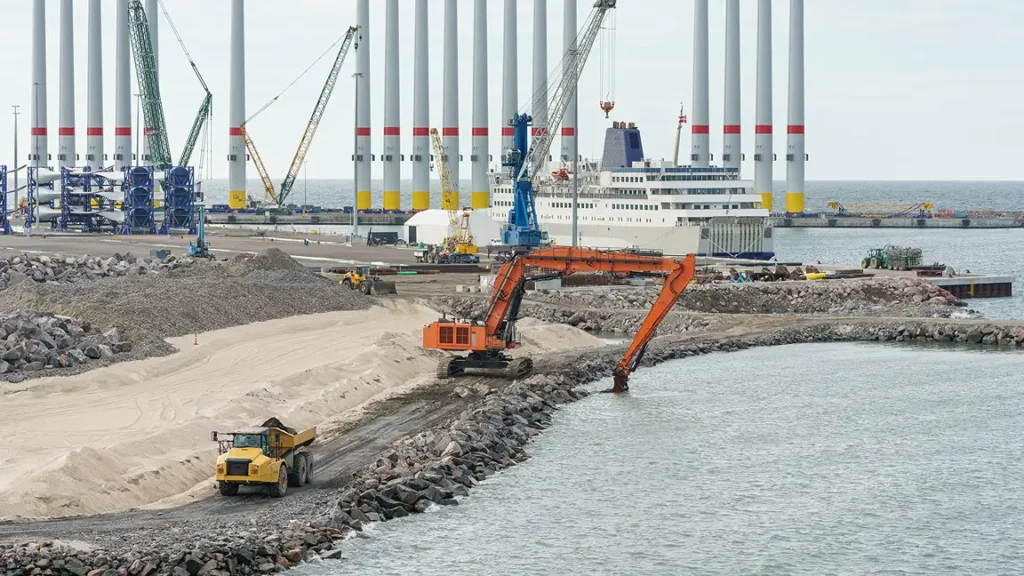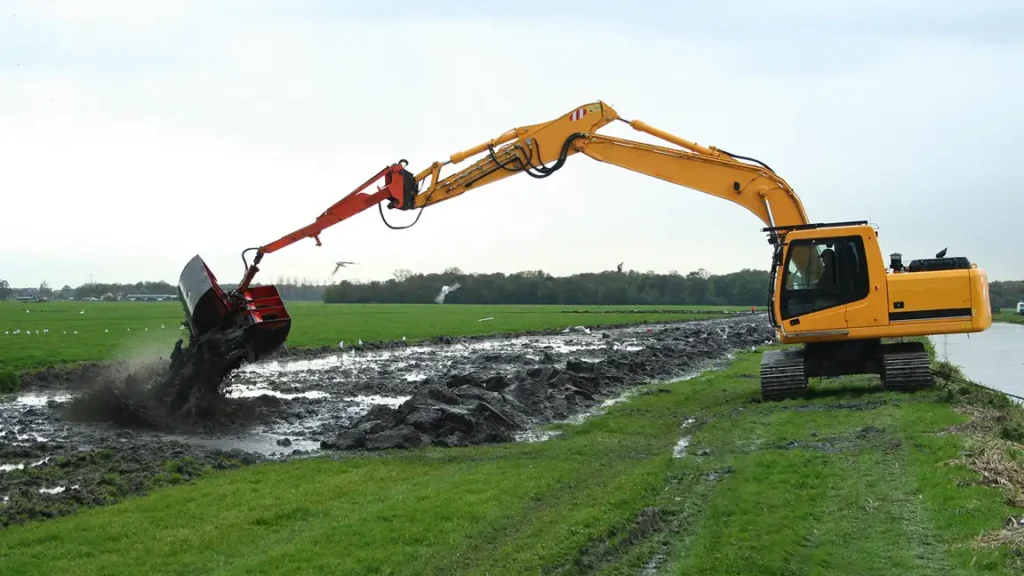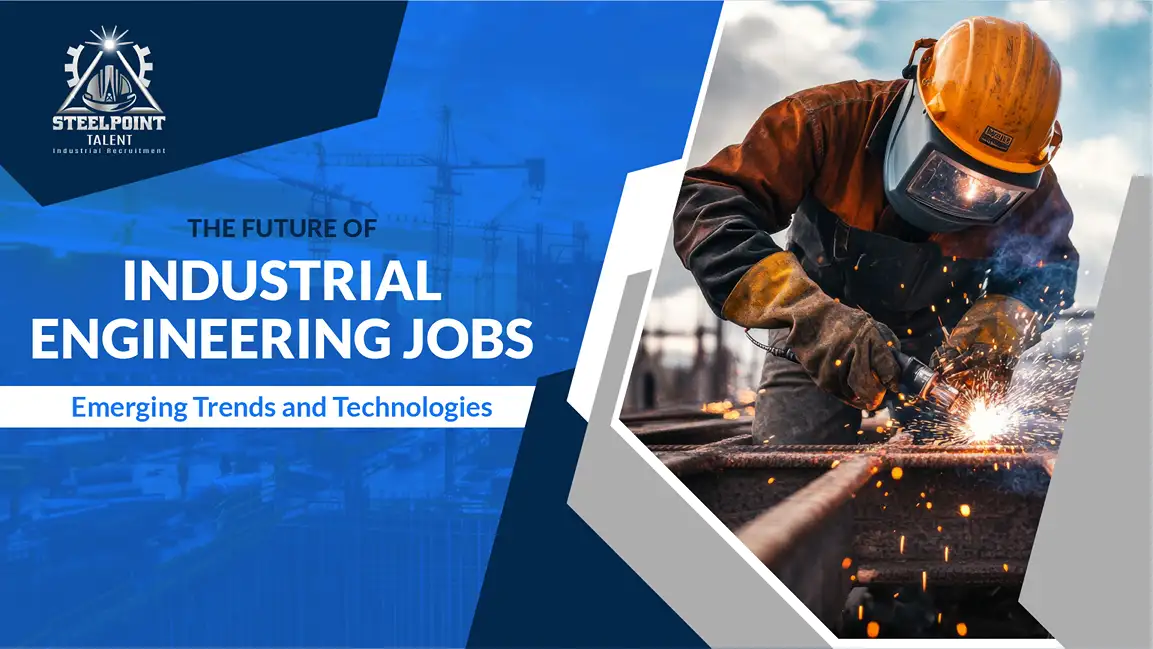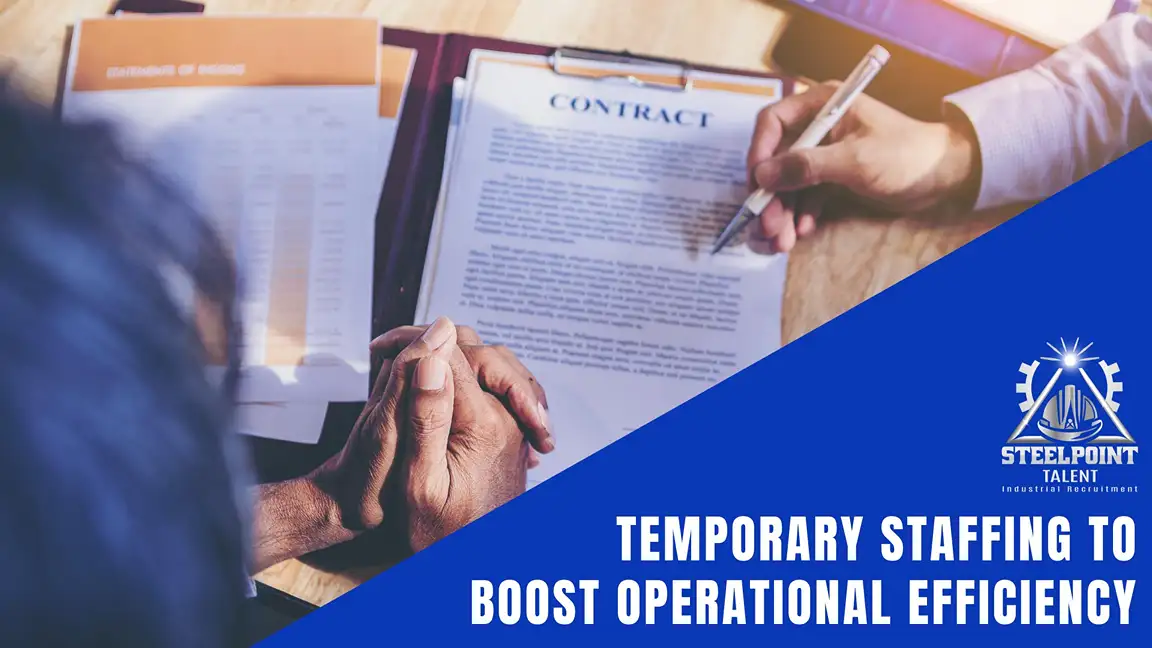Dredging is an essential process for maintaining and improving waterways, ports, and harbors and even creating land in coastal areas. It involves excavating material from the bottom of water bodies such as rivers, lakes, and oceans and transporting it to another location. While dredging might seem like a straightforward task, the roles and responsibilities of those working in it can vary greatly depending on whether the job is offshore or inland.
In this blog, we will dive into the key differences between offshore and inland dredging work. We’ll cover various aspects such as the types of job roles, equipment used, challenges faced, and career opportunities in both sectors. Understanding these differences will give you a better idea of which area suits your skills, interests, and career goals. If you’re looking for dredging jobs near me or are interested in environmental dredging jobs, knowing the type of project will help guide your career path and job search.
What is Dredging?
Before we explore the differences between offshore and inland dredging work., it’s important to understand what dredging is. Dredging refers to the process of excavating sediment, debris, or other materials from the bottom of water bodies. This process is critical for maintaining navigable waterways, creating new land, and even restoring environmental health in water ecosystems.
Dredging has multiple applications in both commercial and environmental fields:
- Commercial Dredging is typically done to maintain ports, harbors, and shipping channels and ensure that ships can pass through safely and efficiently.
- Environmental Dredging focuses on removing contaminated sediments from water bodies to restore the health of the ecosystem. It is often done in rivers or lakes near populated areas.
If you’re interested in environmental dredging jobs, knowing the distinction between offshore and inland projects can help you identify the roles that align with your professional aspirations. Similarly, if you’re seeking dredging jobs near me, it’s important to determine whether the position is in an offshore or inland location, as each offers distinct opportunities.
Key Differences Between Offshore and Inland Dredging Jobs
Let’s break down the main differences between offshore and inland dredging works, starting with the locations where these jobs take place.
1. Job Locations
- Offshore Dredging: Offshore jobs are carried out in open seas, large bodies of water, or deep waters near coastal areas. These projects are typically large in scale and require significant technical expertise to work in deep waters. Offshore dredging operations are often related to harbors, ports, and offshore construction projects such as oil rigs or underwater pipelines.
- Environment: The open sea, deep waters, and surrounding coastal areas.
- Access: Dredging equipment and workers must be transported to and from the job site via ships or specialized platforms.
- Challenges: Offshore dredging operations face harsh weather conditions, strong sea currents, and logistical difficulties of working far from shore.
If you’re searching for dredging jobs near me, likely, offshore jobs may not be in your immediate area. Still, companies that focus on offshore dredging may offer opportunities in coastal regions or near major ports. For those looking for environmental dredging jobs in offshore environments, the roles often involve expertise in marine biology and underwater construction.
- Inland Dredging: Inland dredging projects are conducted in rivers, lakes, reservoirs, canals, and other bodies of freshwater. These projects generally involve cleaning up sediment, maintaining navigable channels, or improving the infrastructure of inland waterways. While inland dredging is on a smaller scale, it requires precision due to the shallower nature of the water.
- Environment: Rivers, lakes, canals, and reservoirs, typically with more limited space.
- Access: Dredging equipment can be moved via land transport and smaller boats or barges.
- Challenges: Inland dredging projects face challenges like navigating in narrow, confined spaces and dealing with environmental regulations protecting local ecosystems
If you’re looking for dredging jobs near me, inland projects are more likely to be located in smaller towns or cities near rivers and lakes. For those interested in environmental dredging jobs, these positions in inland environments often focus on water quality and the removal of pollutants in freshwater ecosystems.
2. Job Roles and Responsibilities
The roles and responsibilities of professionals in the dredging field can differ significantly depending on whether they are working on offshore or inland projects. Here’s an overview of key roles in both sectors:
Offshore Dredging Roles: Offshore dredging is often more complex due to the challenging work environment. Some common roles in offshore dredging include:
- Dredger Operator: Operating large-scale dredging machinery, such as cutter suction dredgers or hopper dredgers, specifically designed for deep-sea and offshore projects.
- Project Manager: Overseeing offshore dredging operations, coordinating logistics, and ensuring that the project adheres to schedules and budgets.
- Environmental Consultant: Ensuring that dredging practices comply with environmental regulations, especially for projects affecting marine ecosystems.
- Marine Engineer: Designing, maintaining, and ensuring the technical integrity of dredging equipment used in offshore environments.
Inland Dredging Roles: Inland dredging roles typically focus on smaller-scale operations and more localized projects. Common inland roles include:
- Dredger Operator: Operating dredging machines such as hydraulic dredgers and bucket dredgers for shallow water projects in rivers, lakes, and canals.
- Surveyor: Conducting surveys to determine the depth of water and identifying areas that require dredging.
- Maintenance Technician: Handling the upkeep and repair of dredging equipment used in inland waterways.
- Environmental Specialist: Overseeing compliance with environmental regulations and ensuring that dredging operations don’t harm local ecosystems.
For those interested in environmental dredging positions, roles like environmental consultants or specialists are crucial in both offshore and inland settings. They ensure that dredging operations follow environmentally sustainable practices, which are essential for the long-term health of water ecosystems.
If you’re searching for dredging jobs near me, understanding the differences between offshore and inland roles can help you determine the best fit for your skills and interests. Whether you’re interested in dredging jobs near me for local waterways or offshore projects, these specialized roles offer exciting career opportunities.
3. Equipment Used in Offshore vs. Inland Dredging
Offshore and inland dredging require different equipment due to the varying conditions of the work environments.
Offshore Dredging Equipment: Offshore operations use large, heavy-duty machinery designed for deep-sea conditions:
- Cutter Suction Dredgers (CSDs): Cut through hard sediments and suction up the material.
- Hopper Dredgers: Scoop up and transport material from the seabed.
- Trailing Suction Hopper Dredgers (TSHDs): Use suction pipes to remove materials from the seabed.
Inland Dredging Equipment: Inland dredging uses smaller, more adaptable equipment for shallow waters and confined spaces:
- Bucket Dredgers: Scoop up material with large buckets.
- Hydraulic Dredgers: Use hydraulic pumps to suck sediment and transport it.
- Backhoe Dredgers: Scoop sediment from shallow areas.
If you’re looking for dredging jobs near me, understanding the equipment used can help you find roles that suit your skills. For example, inland projects may offer more hands-on experience, while offshore roles require specialized technical knowledge.
Environmental dredging jobs in both settings focus on using equipment that minimizes ecological impact, making expertise in sustainable practices highly valued.
4. Challenges in Offshore and Inland Dredging Projects
Dredging jobs, whether offshore or inland, come with their own set of challenges.
- Offshore Challenges:
- Weather Conditions: Offshore dredging often faces unpredictable weather, with storms, high winds, and rough seas posing delays and safety risks.
- Logistical Issues: Transporting equipment and workers to and from offshore sites is challenging, often requiring specialized vessels or platforms.
- Environmental Impact: Offshore dredging can disrupt marine life, and ensuring compliance with environmental regulations is essential. For those interested in environmental dredging jobs, these roles often focus on mitigating such impacts.
- Inland Challenges:
- Limited Space: Inland dredging is often conducted in confined spaces, such as narrow rivers or lakes, which presents maneuverability challenges.
- Environmental Concerns: Inland dredging projects are often closer to populated areas, making it necessary to protect water quality and surrounding ecosystems.
- Regulatory Issues: Inland dredging must adhere to stringent local and federal regulations aimed at preserving water quality and wildlife.
For anyone seeking dredging jobs near me, it’s essential to understand the specific challenges of inland dredging projects, as these can vary greatly depending on the type of waterway and the local regulations in place.
5. Environmental Dredging Jobs
Environmental dredging focuses on the removal of harmful pollutants from water bodies to restore ecosystem health. Both offshore and inland dredging require specialized knowledge and skills in environmental science, water ecology, and pollution control.
- Offshore Environmental Dredging: Offshore environmental dredging might include cleaning up oil spills or removing contaminated sediments near offshore platforms. This type of dredging often requires expertise in marine biology and oceanography to manage the impact on marine life.
- Inland Environmental Dredging: Inland environmental dredging often involves the removal of hazardous chemicals or pollutants from rivers, lakes, or reservoirs to improve water quality. It may also be focused on preserving drinking water sources and local ecosystems.
If you are interested in environmental dredging jobs, both offshore and inland environments offer opportunities to make a real impact on environmental restoration. In either location, these roles typically require collaboration with environmental agencies to ensure the project is completed with minimal ecological disruption.
6. Career Opportunities in Dredging
Dredging is a vital industry offering a variety of career opportunities in both offshore and inland projects. Whether you’re working on a large-scale offshore dredging project or a smaller inland project, the roles often come with significant responsibility and technical skills.
- Offshore Dredging Career Opportunities: Offshore jobs are usually highly specialized and require advanced technical expertise. They come with competitive salaries, benefits, and opportunities to work on international projects, often requiring travel to coastal or maritime locations.
- Inland Dredging Career Opportunities: Inland dredging roles offer more entry-level positions and the opportunity to work in or near urban areas. These roles provide an excellent opportunity to develop hands-on experience and work closely with local communities on waterway maintenance.
If you’re looking for dredging jobs near me, it’s a good idea to check local recruitment agencies, dredging companies, and job boards to explore opportunities. You can also look for environmental dredging jobs if you’re passionate about water conservation and ecological restoration.
How to Find Dredging Jobs Near You
If you’re searching for dredging jobs near you or specific environmental dredging job opportunities, there are several valuable resources you can tap into to help you find the perfect position:
- Job Boards: Online platforms like Indeed, Glassdoor, and LinkedIn feature a wide range of available jobs across various sectors. These websites allow you to filter job listings based on location, experience level, and job type, making it easier to find positions that fit your qualifications and preferences.
- Dredging Companies: Researching local or global dredging companies is another effective way to discover career opportunities in your area. Many dredging firms have dedicated careers pages on their websites where they post job openings, internships, and project-based work. Be sure to explore companies that operate both locally and internationally, as they may have positions available near you.
- Industry Associations: Organizations such as the International Association of Dredging Companies (IADC) play a crucial role in connecting professionals with employers in the dredging industry. They regularly post job openings on their websites and also provide valuable industry news, events, and networking opportunities that can help you find the right job. Additionally, membership in such associations can help you stay informed about the latest trends and requirements in the dredging field.
By searching for dredging jobs near me, you can uncover localized opportunities, network with professionals in the field, and connect with employers who are actively seeking skilled individuals for various dredging-related roles. Whether you’re looking for permanent positions, contract work, or specialized environmental dredging projects, these resources can guide you in the right direction.
Conclusion
In conclusion, both offshore and inland jobs are vital for maintaining waterway infrastructure and supporting environmental sustainability. The choice between the two depends on your interests and expertise. Offshore projects are larger-scale and require specialized knowledge in deep-sea conditions, while inland projects offer more localized opportunities.
Whether you’re looking for dredging jobs near me or exploring environmental dredging jobs, both sectors provide rewarding career paths with growth potential, opportunities for travel, and the chance to make a positive environmental impact.

